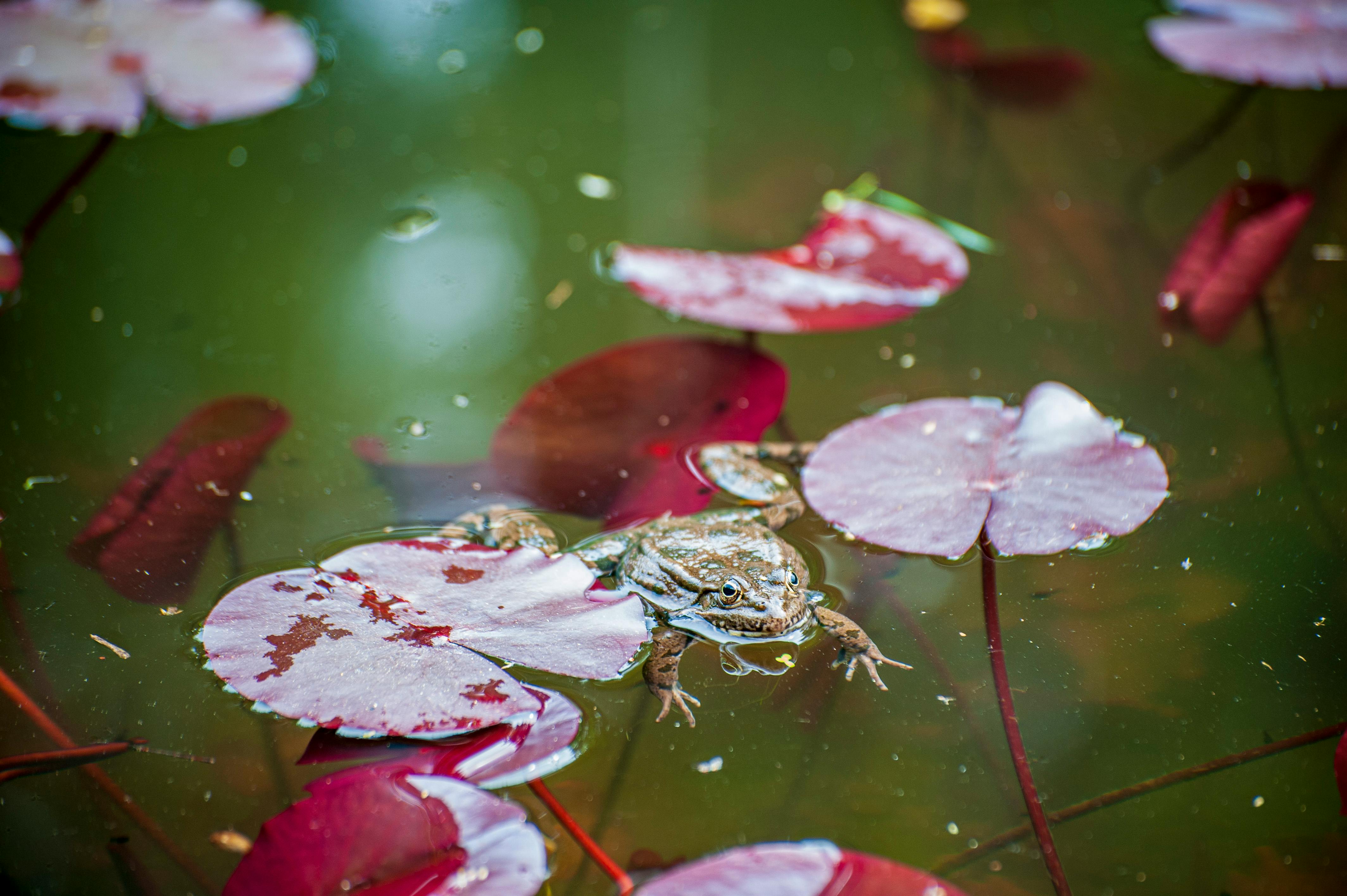The Underappreciated World of Amphibian Pets: Unraveling the Fascinating Features of Frogs
With the pet industry continuously expanding and evolving, it's easy to overlook the less conventional options. Among these, the often-underappreciated amphibians, specifically pet frogs, offer unique and riveting experiences for pet enthusiasts. This article delves into the intriguing world of these cold-blooded creatures, shedding light on their nature, care requirements, and their increasing popularity.

The Historical Context of Pet Frogs
The practice of keeping frogs as pets may seem like a recent trend, but it has roots reaching far back into history. Ancient Egyptians revered frogs as symbols of fertility and resurrection, often keeping them in their homes. Frogs have been a part of human culture across the globe, inspiring myths, fairy tales, and scientific discoveries. Over time, the appeal of these creatures has transitioned from symbolic to personal, with frogs becoming a unique choice for pets in the modern era.
Frogs in the Modern Pet Market
In recent years, the pet industry has seen a surge in the popularity of frogs. This can be attributed to their manageable size, intriguing behavior, and minimal noise levels, making them ideal for small living spaces. Some species like the Pacman Frog and the Red-Eyed Tree Frog have become particularly popular due to their vibrant colors and unique features.
The cost of owning a pet frog varies widely, ranging from $10 for common species up to $90 for rare and exotic ones. This price, however, does not account for the setup and maintenance costs, which can sometimes exceed the cost of the frog itself. Despite these expenses, the market for pet frogs continues to grow, contributing significantly to the broader pet industry.
Research-Backed Insights into Frog Care
Understanding the care requirements of pet frogs is crucial to their health and longevity. Research shows that these amphibians need a carefully monitored environment, including regulated temperature, humidity, and lighting. Frogs also require a varied diet of live prey, adding a unique challenge to their care.
Despite their seemingly low-maintenance nature, frogs demand a high level of commitment and understanding from their owners. Therefore, prospective frog owners should conduct thorough research or consult with a specialist before making the decision to bring a frog into their home.
The Current Trend: Raising Awareness for Amphibian Conservation
As the popularity of pet frogs continues to rise, it brings with it a critical opportunity to raise awareness for amphibian conservation. Frogs are among the most threatened groups of animals worldwide, with habitat destruction, climate change, and disease being major contributing factors.
While captive breeding programs for pet frogs can help ease the pressure on wild populations, they also present the risk of spreading diseases like chytridiomycosis. Therefore, potential frog owners must ensure they are purchasing from responsible sources that prioritize the health of their animals and the conservation of wild populations.
Embracing the World of Amphibian Pets
While unconventional, frogs offer a fascinating and rewarding pet-keeping experience for those willing to meet their unique needs. Their increasing popularity in the pet market not only reflects the evolving interests of pet enthusiasts but also highlights the need for increased awareness and conservation efforts for these remarkable creatures.
Keeping pet frogs presents an opportunity for owners to learn, engage, and contribute to a broader understanding of these amphibians’ crucial role in our world. The world of pet frogs is truly a realm worth exploring for anyone with a passion for animals and a willingness to delve into the unique and captivating world of amphibian pets.





